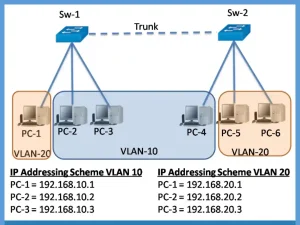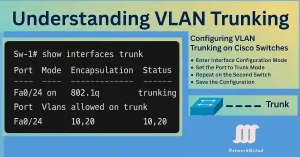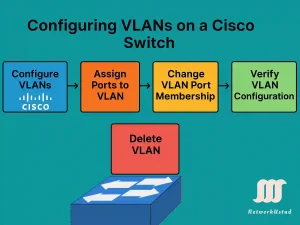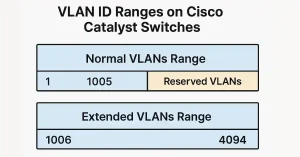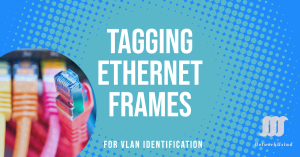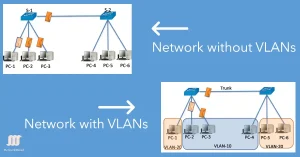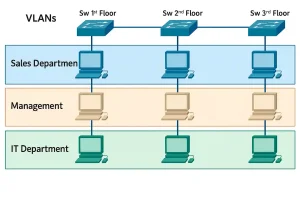What is VLAN Attacks – Brief Explanation
In the previous article, I explained how trunks work. By default, trunk ports can use all VLANs and pass traffic for multiple VLANs across the same physical link between switches. The VLAN simplifies network administration and maintenance. It also improves the performance of the network, but it has some backhaul for hackers which is necessary […]

